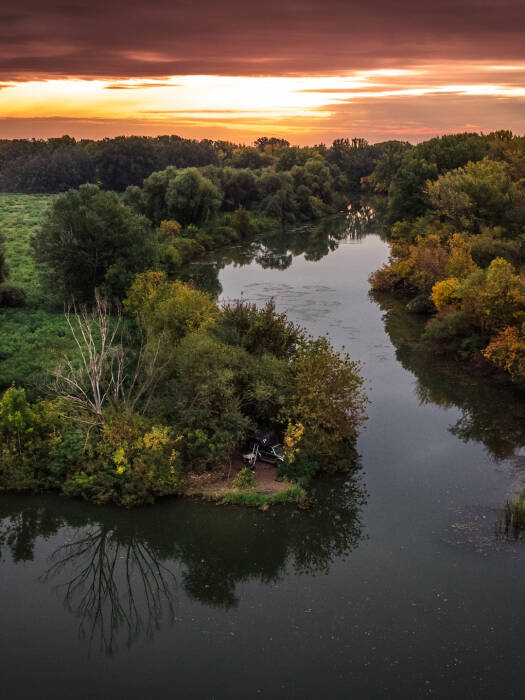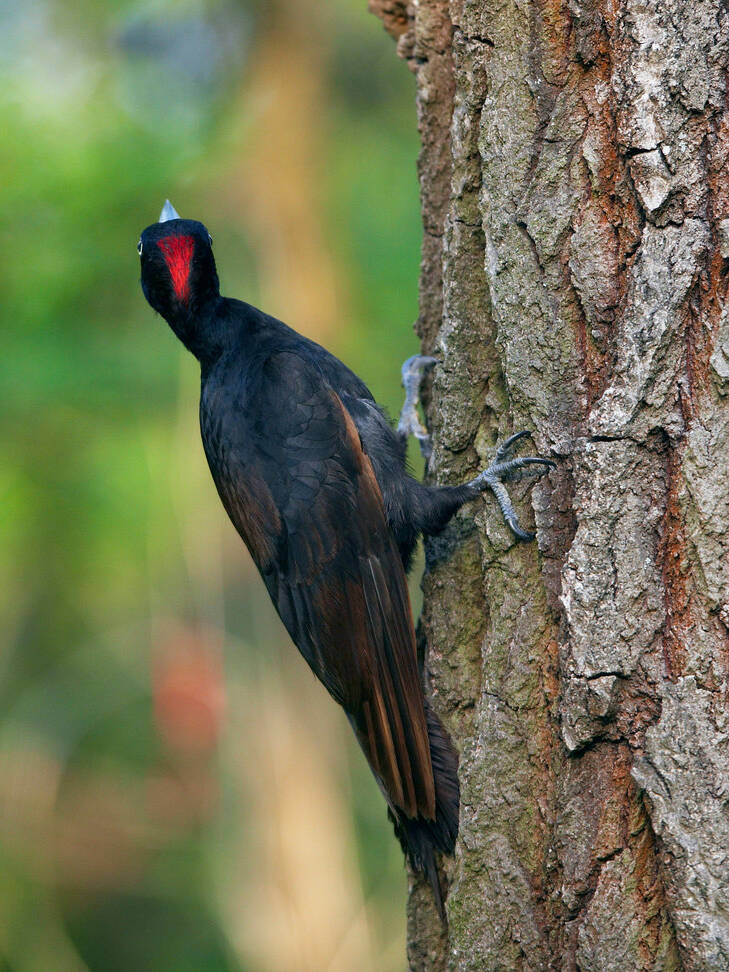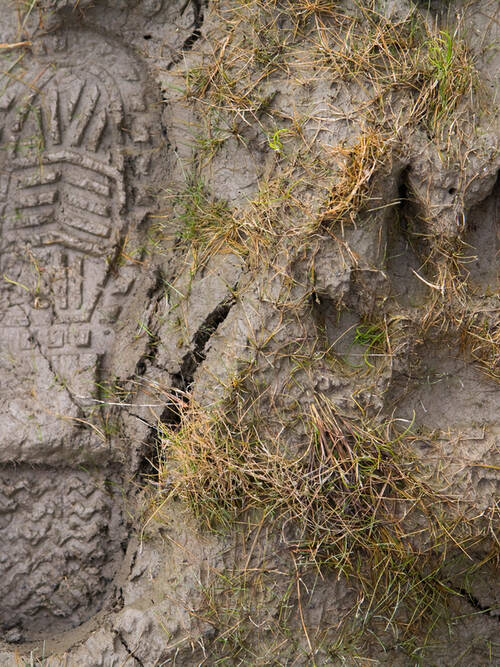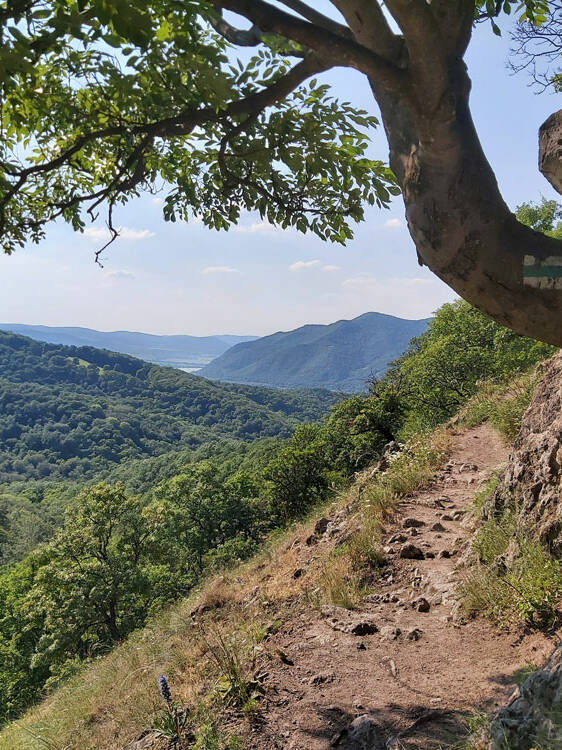Challenges and risks
Our forests are impacted by all sorts of human activities. Some are direct, such as logging, while others are indirect, such as climate change. Reducing these impacts is in all our interests, as the damaging of forests leads to the deterioration of their functioning, which negatively affects our quality of life.




Forest management
In more than 90% of our forests - on protected and Natura 2000 lands, too - traditional, so-called rotation forestry (clearcutting and shelterwood forestry methods) is practiced.The consequence of rotation forestry is that the forests of natural origin are of the same age, consist of few tree species, have few old trees, shrubs, little amount of dead wood which act as the immune system of the forest, and few cavities which decreases the profusion of wildlife.The more impoverished the wildlife becomes, the less the forest is able to maintain the ecosystem services, thus, its resistance also decreases.
The appearance of alien plant and animal species
The multitude of plant and animal species brought or introduced to Hungary from foreign continents has poses threat to forests for many decades. Some of them spread by themselves on natural areas, transforms the soil and supersedes native tree species along with the majority of the wildlife connected to them. Ailanthus, common hackberry, red ash, box-elder, or indigo bush are examples of alien woody plant species.
Climate change
Climate change is a serious challenge for the whole wildlife, including forests, as well. Forests respond to the effects of climate change with a change in species composition if we allow them to do it. In the past centuries, forest management changed the composition of species and age structure almost on the whole forest area to meet economic goals. This methodology is still applied. Due to their condition, forests are especially sensitive to numerous threats caused by climate change (more frequent storms, hot days) which increases the risk of windfalls, fires, insect damage etc.
Other risks
Besides climate change, the survival of lowland forests is threatened by reduced ground-water level which is caused by water management applying river regulations and the canalization of excess water. High wild game density causes problems in the regeneration process of forests in most parts of the country. Effects of human origin - mostly illegal ones - are typical in the vicinity of settlements: buildings, roads, landfills, technical sports which cause erosion.
What does WWF Hungary do?
Our expert opinion support three main directions within forest conservation, which can be implemented in different locations. Undisturbed forests can be conserved within national parks and other conservational areas. Close-to-nature forest management is able to protect forest habitat beside wood production – this method can be applied both in conservational and non- conservational areas. Forest habitat restoration is about creating new forests where they were once eradicated or helping to create richer habitats.




Undisturbed forests
Our goal is to ensure that part of the forests in Hungary are unmanaged and that there is no more logging in these areas. We work on to ensure that our country has wilderness areas of outstanding conservation status and tourism value in national parks and also smaller undisturbed old-growth-forests outside the national park territories.
Continuous cover forestry
WWF Hungary supports the spread of the so-called continuous cover forestry (CCF, selection method). Meaning, the forest manager harvests the trees one by one or in small groups which practically does not differ from the natural disturbance. Forests which are cultivated this way provide better quality timber and are more resistant to various forest damages than those managed in the traditional way, that is, where a bigger area of trees are cut down at once. The continuous forest cover is favorable in protected areas from a nature protection, around settlements from a public welfare point of view.
Restoring forest habitats
Natural forests can be revived by suitably transforming forests in deteriorated conditions.WWF Hungary participates in so-called habitat-rehabilitation in many locations throughout the country. The most important elements of this are the removal of alien tree species and planting native tree species. The restoration of forests are especially needed in some areas of the Great Plain; most of our field projects have been realized there.
Our field projects
Most of our field projects, whichwe implement in partnership with national park directorates and scientific centres, aim to restore natural forest areas. Furthermore, we have participated in projects related to research, forest management knowledge sharing and showcasing best practices.